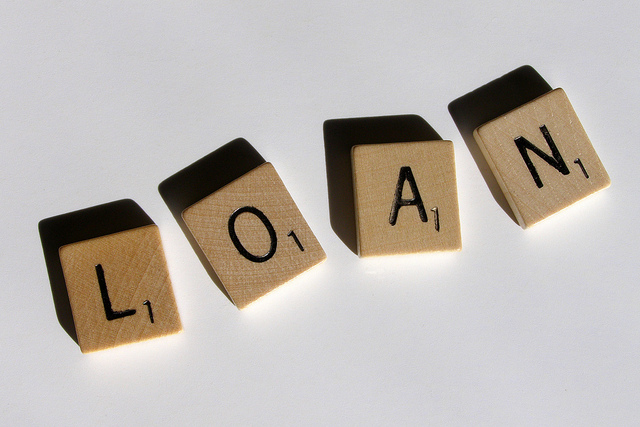Difference Between Secured Loans and Unsecured Loans
An individual can choose from a number of loan options when he needs to borrow money. For example, a person can borrow money from someone in his family, can use a credit card, or he can also take loan from a financial institution like credit agencies or banks. There are two types of loan offered by banks, a secured loan and an unsecured loan. So, you must know that a secured loan is different from an unsecured loan before entering into a loan agreement. The main differences are discussed below.
Using a Collateral
The first and most prominent difference between a secured or unsecured loan is using a collateral against the loan. In case of a secured loan, a bank keeps an asset as a collateral against the amount of loan issued to a borrower. The asset can be anything that a borrower owns, such as, a house, car, financial instruments, or any other property that can be converted into cash.
On the other hand, as the name suggests, no collateral is required for an unsecured loan. It is usually issued to a borrower on the basis of his good credit standing or a good credit history.
Rate of Interest charged
No asset or property of a borrower is kept as a collateral in case of an unsecured loan. This is the reason why the rate of interest charged on unsecured loans is higher as compared to secured loans. The higher rate is charged to minimize the risk of loss that a financial institution faces. Sometimes, the interest rate on these loans exceeds the interest rate charged on credit cards. The rate of interest on an unsecured loan is usually fixed. However, an unsecured line of credit like a credit card, with a variable interest charge is also available in the market.
Term of Secured and Unsecured Loan
The term period of a secured loan is longer than a term period of an unsecured loan, and again, this is done to reduce the risk by offering a short time period on an unsecured loan. With the level of risk involved in an unsecured loan, the banks tend to keep the time period of a loan short, so that a borrower repay the loan as soon as possible. This is the reason why the amount of unsecured loan is comparatively lesser than a secured loan.
On the other hand, secured loans have a longer term period, and in case of a real estate market, the term can be as long as a period of 30 years.
Availability of Loan
It is not easy to get unsecured loans as not everyone can qualify for this loan. A bank usually requires an outstanding credit score and a strong established relationship with a customer before issuing an unsecured loan. Sometimes, banks refuse to issue loan unless a customer provides collateral against the loan. Even an overdraft protection for a checking account is not offered to a customer unless it is associated with a savings account.
In case of a secured loan, an established relationship with a bank or good credit history is not required, because an asset is secured against the loan.
Tax Implications on Secured Loan and an Unsecured Loan
In case of a secured loan, you can write off an interest charge for tax purposes. This can be done if a primary property, such as a house, is secured as collateral against the loan. However, it is important to understand that you will be risking your property if you are unable to repay the loan. On the other hand, you cannot write off the interest charge for tax purposes in case of unsecured loan, because there is no collateral involved.
- Difference Between Ocular Rosacea and Blepharitis - September 22, 2023
- Difference Between Toxic and Nontoxic Goiter - August 18, 2023
- Difference Between Anterolisthesis and Retrolisthesis - July 31, 2023
Search DifferenceBetween.net :
1 Comment
Leave a Response
References :
[0]http://www.flickr.com/photos/86530412@N02/8265142495/


Great Read.